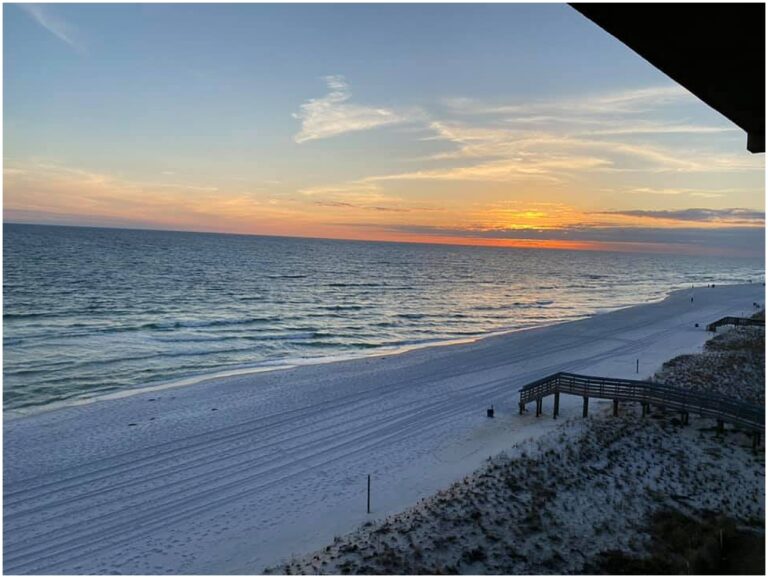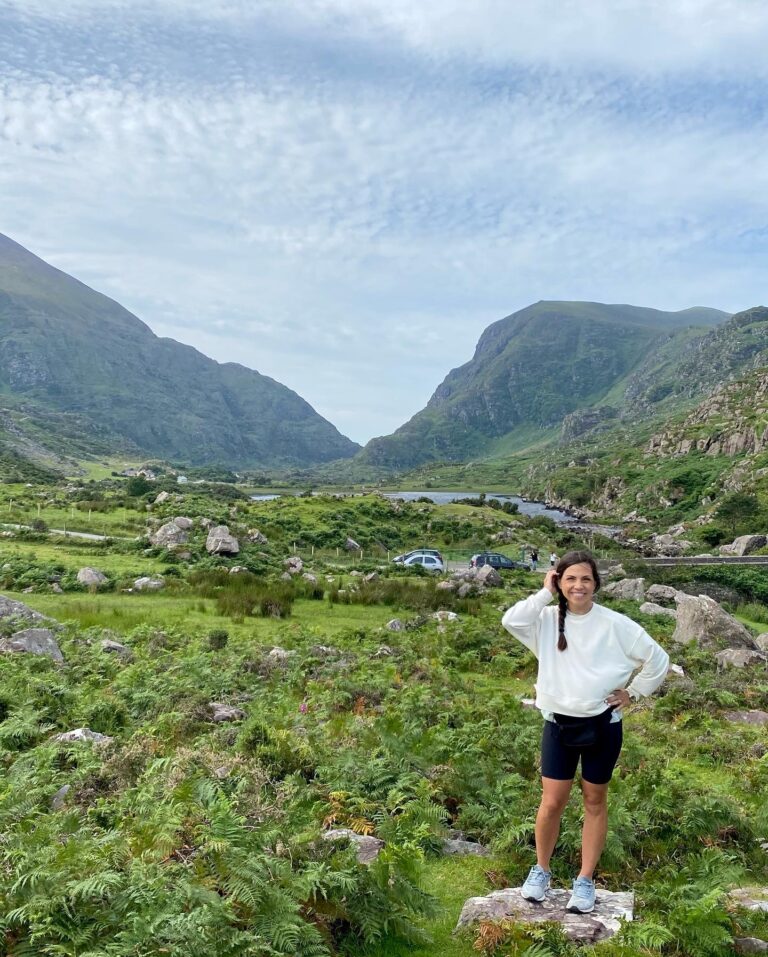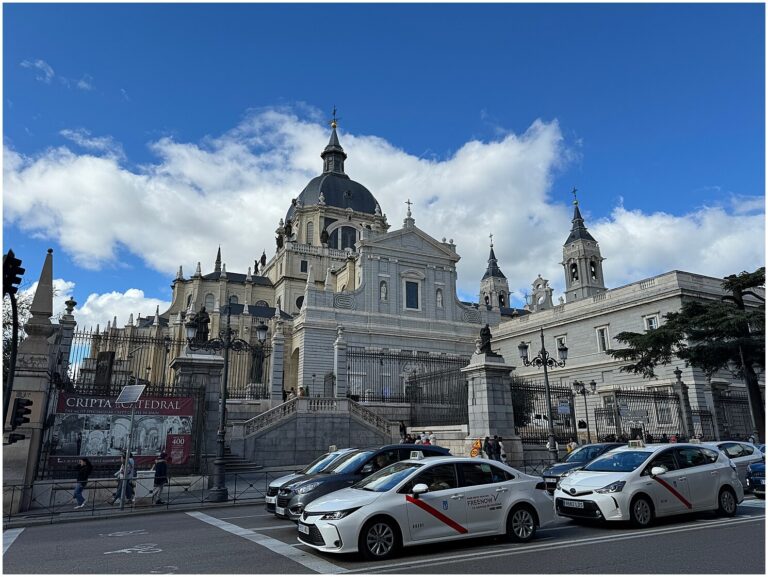Worldschooling | What is it and how to start
When I was young, we learned about history and different cultures in the US and globally through textbooks. Nowadays, the internet is available for kids to learn about the world. While this has made learning a whole new experience, I feel like there is still a better way to educate children, worldschooling.
Worldschooling is a form of homeschooling that focuses on learning through real-world experiences. Worldschooling families travel the world and use their experiences to teach their children about different cultures, languages, and ways of life.
There are many different ways to worldschool. Some families travel to a new country every few months, while others stay in one place for a longer period of time and explore the local area. Some families follow a traditional curriculum, while others use a more unstructured approach.
There are many benefits to worldschooling. Children who worldschool often have a broader understanding of the world around them. They learn about different cultures and ways of life, and they develop the skills they need to be global citizens. Worldschooling can also be a great way to bond with your family and to create lasting memories.
A Better Way
What could be better than reading to your kids what Europe is like? Or showing your kids the Google street view of Seoul, S. Korea? Traveling to these places with your kids! Being a former public school educator I know that learning is best facilitated through the senses. See the land, taste the food, smell the air, and touch the buildings. Worldschooling makes learning much more tangible to kids.
Over the past few years many Americans have been forced to think outside the box when it comes to their children’s education. Many parents were forced to do virtual school while working remotely. Although this was a difficult experience for many, it also proved that it was possible. And if it was possible to work remotely and do school at home, why not do these things while traveling?
That was our experience anyway. The freedom and flexibility ignited a whole new desire to make our children’s education come alive with worldschooling.
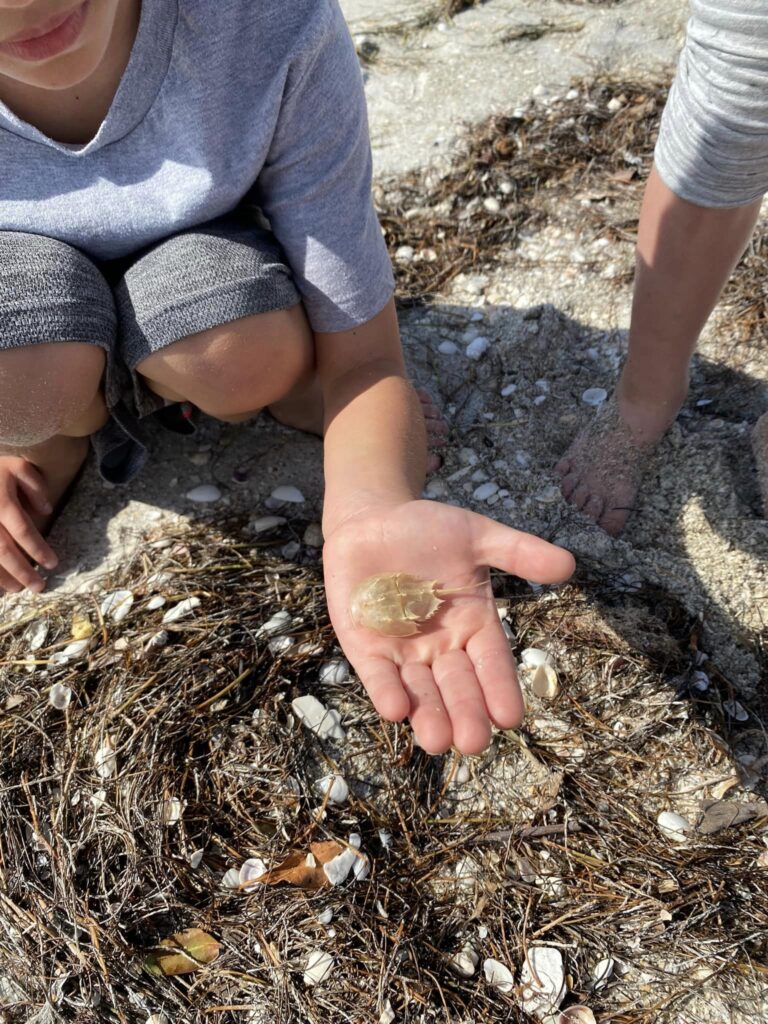
Life Has Its Perks contains affiliate links and is a member of the Amazon Services LLC Associates Program. If you make a purchase using one of these Amazon links, I may receive compensation at no extra cost to you.
What is worldschooling?
Worldschooling is simply homeschooling while traveling the world. This type of education provides experiences that are unmatched with any other schooling style. This educational philosophy believes that experiences are the best teachers.
Worlschooling doesn’t have a particular type of curriculum, but rather enhances all curriculum by making learning come alive to the student. All the subjects that can be learned in a book can also be taught through traveling.
Outside of traditional curriculum, traveling also helps develop other life skills that are necessary for children to learn. Their education becomes their own when they realize that what the are learning are necessary for real life!
How to start worldschooling?
The past few years have shown us that remote work is not only a possibility but in some cases a preference for many companies. If you work at a company that really doesn’t require you to be physically present, but your company hasn’t adopted remote work, the first step is to ask your boss to try it out for a period of time. The book 4 Hour Work Week provides a strategy to use on negotiating with your boss so that you can transition to working remotely.
Also, homeschooling is regulated at the state level, so whichever state is your “home base” you will need to follow that state’s requirements while traveling.
Benefits of worldschooling.
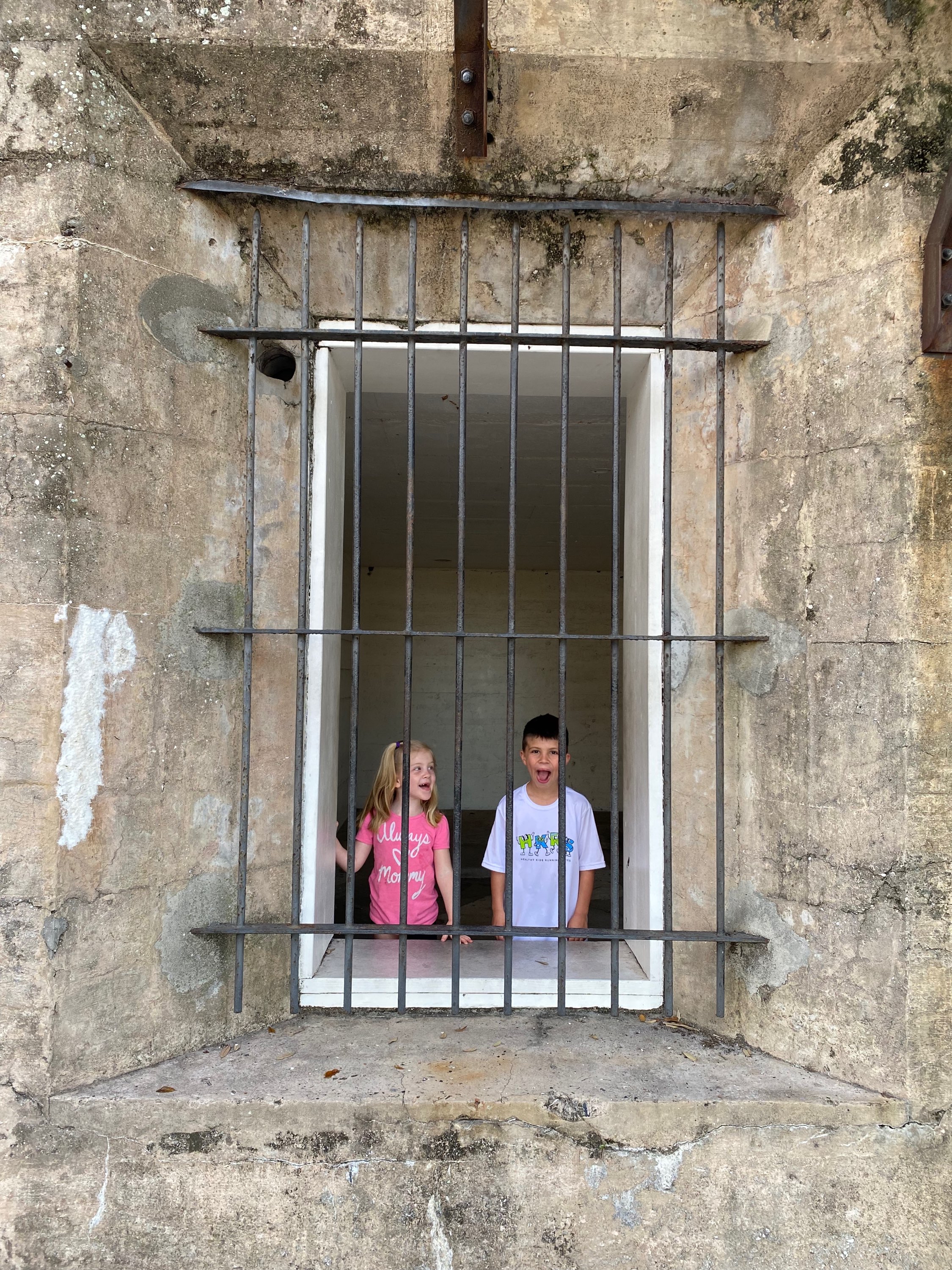
The benefits of worldschooling is that homeschoolers are able to have an enhanced learning experience by exploring the world in which they are learning about. Learning happens best when all 5 senses are involved. Traveling the world allows your student to experience this!
For example, you can learn all about St. Augustine and how it was the first European settlement in America, or you can go visit St. Augustine! Walking around Castillo De San Marcos, smelling the ocean air, feeling the rock walls, walking through the rooms that the Spanish soldiers slept in, and just seeing how the people of that day lived is a whole other experience that will stick with your child for a lifetime.
They can picture themselves in that time period and living that type of life. It becomes much more real and tangible, embedding the experience into their minds. Plus, learning becomes so much fun!
What does worldschooling look like?
There are a lot of different ways worldschooling could look. This can range from week long trips to full time traveling. It could be traveling via boat, plane, or car!
As long as students are traveling to places that they are learning about, experiencing other cultures, and learning history from different perspectives…that’s worldschooling!
What is the difference between unschooling and worldschooling?
Unschooling is a style of homeschooling that allows children to learn at their own pace and in their own way, following their interests and curiosities. Unschoolers believe that children are naturally curious and motivated to learn, and that they will do so if they are given the opportunity.
Unschooling can take many different forms, depending on the child’s interests and needs. Some unschoolers follow a loose curriculum, while most have no set curriculum at all.
Worldschooling is traveling the world and learning through those experiences as well as having education strengthened through it.
As technology evolves, our ability to educate our children does as well. Will your kids learn by reading text books or watching Youtube videos about ancient Rome? Of course they will, and they may even retain quite a bit of information if it interests them! But, don’t you think that they will have a much more meaningful and memorable experience if they were to visit the Colosseum, eat some fish from a local street corner restaurant while looking at the Vatican, or touring the Sistine chapel?
Even if your child isn’t fascinated with history or ancient Rome, I’d bet having the opportunity to visit will spark a curiosity that they didn’t know they had. Our world is so diverse. We owe it to our kids to show them all that it has to offer!
More Resources:
5 Best Homeschool Books To Shift Your Mindset
Thinking About Early Retirement?
